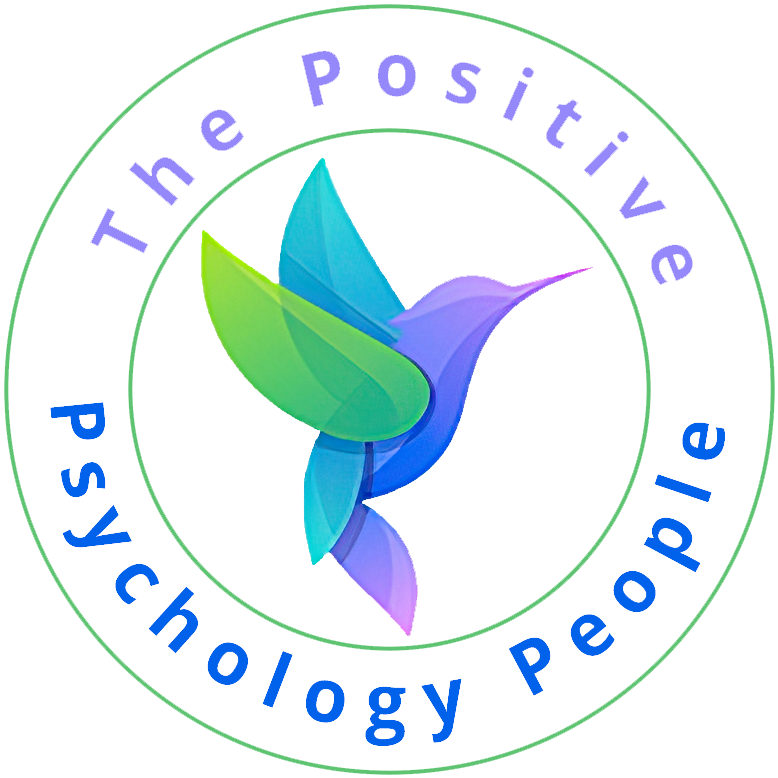When I was in my late teens I worked in a factory just outside of Birmingham. I can clearly remember a cartoon one of my work mates had pinned on his locker. There were four captions, the first showed a boss yelling and wagging his finger at a worker. The next caption showed the worker yelling and finger wagging at his wife. The next showed his wife doing the same to her son, and the final one showed the son doing the same to a poor confused looking dog. I asked him why he had the cartoon pinned to his locker and he told me it was to remind him not to take any of his work issues home with him.
What this cartoon illustrated so well is just how our emotions are transferred. One act of rudeness or aggression can have a devastating effect as it’s passed along the chain. There have even been times in history where one solitary act of aggression has led to riots and even murder somewhere down the line. It’s believed that each act will go through three degrees of separation, so it will affect people that the aggressor has never met and who presumably has no quarrel with.
In modern times it doesn’t just stop there. With social media there is an opportunity to vent anger out publicly which can potentially be read by a thousand or more people, all getting angry at something they are witnessing.
So, can the same thing happen with kindness?
Passing on kindness
According to research, there is also a ripple effect with kindness, but the difference being that instead of spreading emotions such as fear and anger, these ripple effects spread emotions such as love and compassion. I’ve noticed it myself when watching a video showing a kindly act just how it makes me feel and how much it brightens my day.
Research has shown that people who witness kind acts are often motivated to perform a kind act themselves. A video showing an act of kindness towards a homeless man may well mean that a homeless man locally will get a good breakfast bought for him.
In this circumstance we can see a number of ripples starting to form. First of all, the person in the video receiving the gesture is likely to show kindness to the next person he comes in to contact with. What is interesting is research has shown that those witnessing the act are just as likely to show kindness to others too. This means those watching it on social media are likely to spread that kindness through sharing the video or going out to try and replicate that kind act. One simple act of kindness could affect hundreds if not thousands of people in the same way as an act of aggression or anger can do.
Can Kindness change the world?
There is a saying that the best way to change the world is one person at a time, which of course means talking to an awful lot of people. But if we can set the dominoes in motion by starting a ripple of kindness then that one person we affect will go on to affect others. Before long we have numerous ripples branching out in all directions.
These acts can be as simple as paying someone a compliment, allowing someone out in front of you when driving. Smiling or chatting to some who is having a bad day can in a moment totally change the dynamic. The best thing is all these gestures are free, and yet they can summon up all the happy chemicals they make us feel good about life.
So, when faced with a choice between being kind or oppressive, that choice can have far reaching consequences, far beyond the person who it is aimed at. That means every day, every one of us has a chance to influence our world and if enough people choose kindness then it could tip the balance away from a world of continual conflict to one of mutual co-operation. We all have that power within us.
‘We Are The Positive Psychology People’
The Positive Psychology People is co-founded and sponsored
by Lesley Lyle and Dan Collinson,
Directors of Positive Psychology Learning and authors of the
8-week online Happiness Course


I love the ripple effect of kindness. Yes, being kind does go a long way. I find that when I do right by others, my kids tend to mimic me and my husband and now they show the same affects. In my household we live by the saying, “Do unto others as you would have them do unto you”.
Yes, kindness goes a long way. Thank you for sharing. Very informative information.